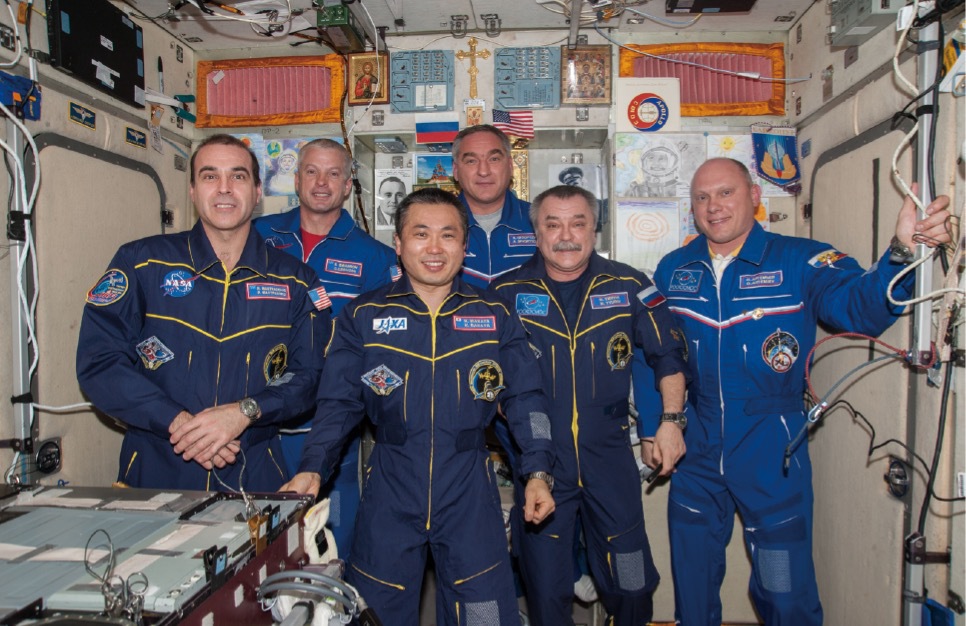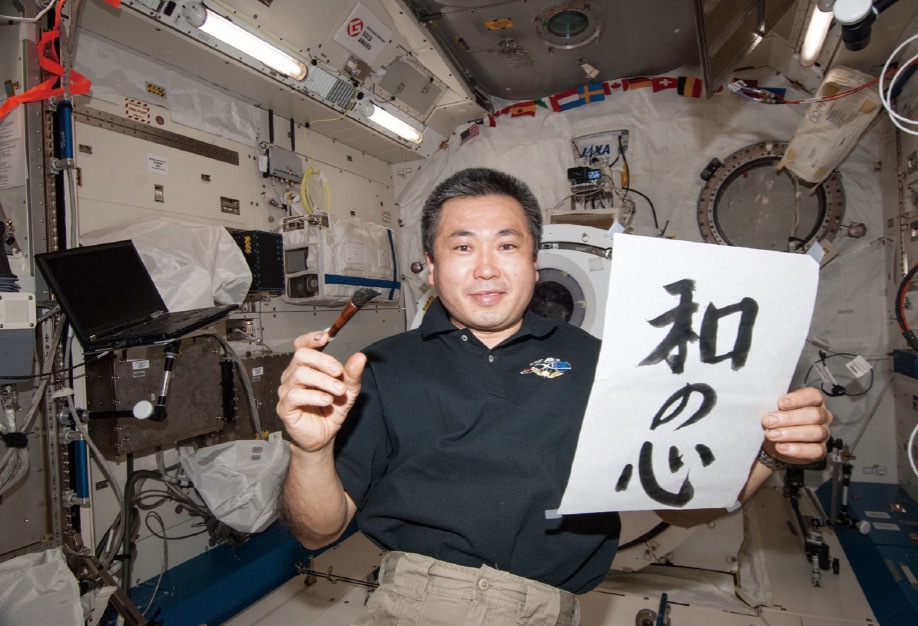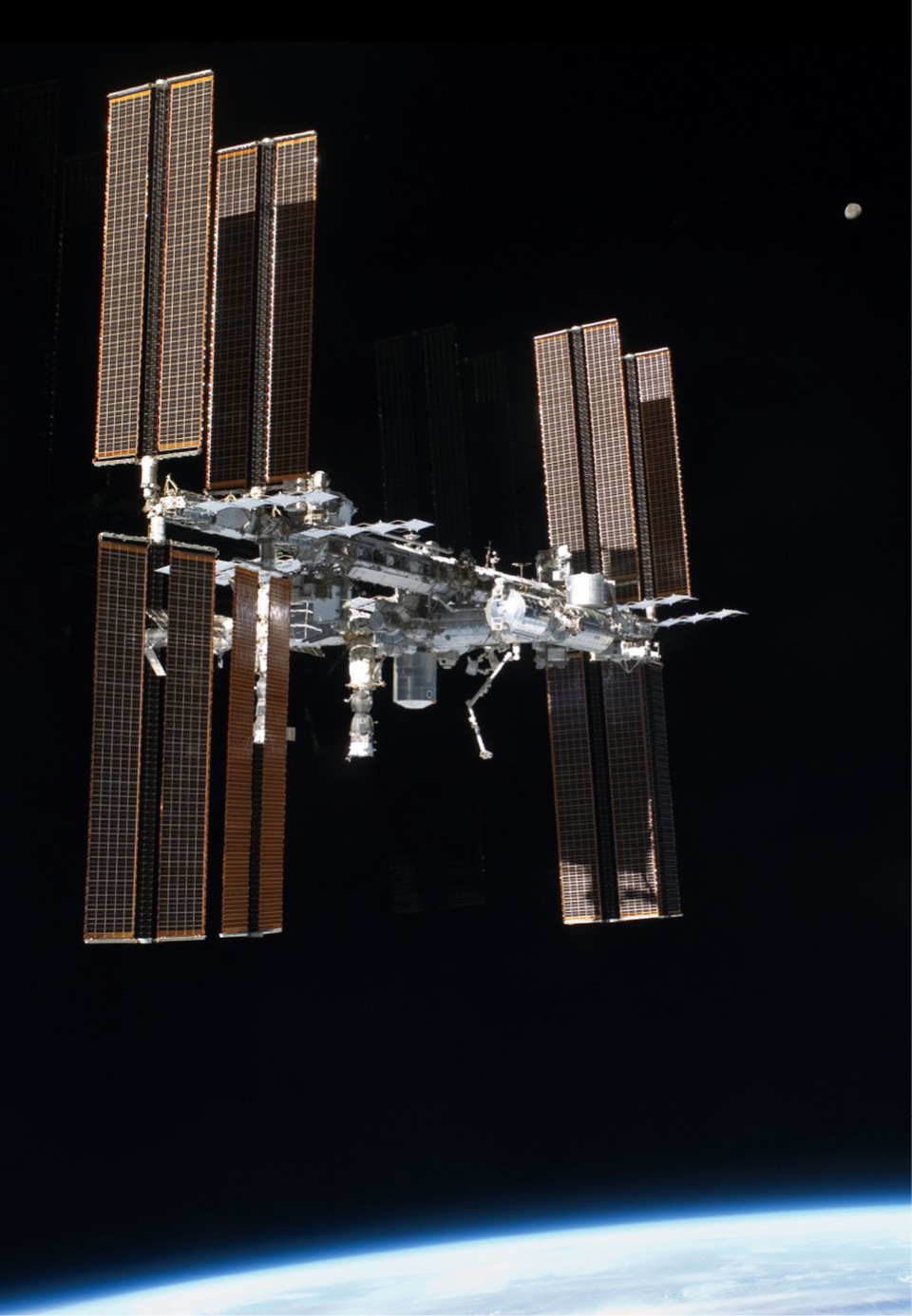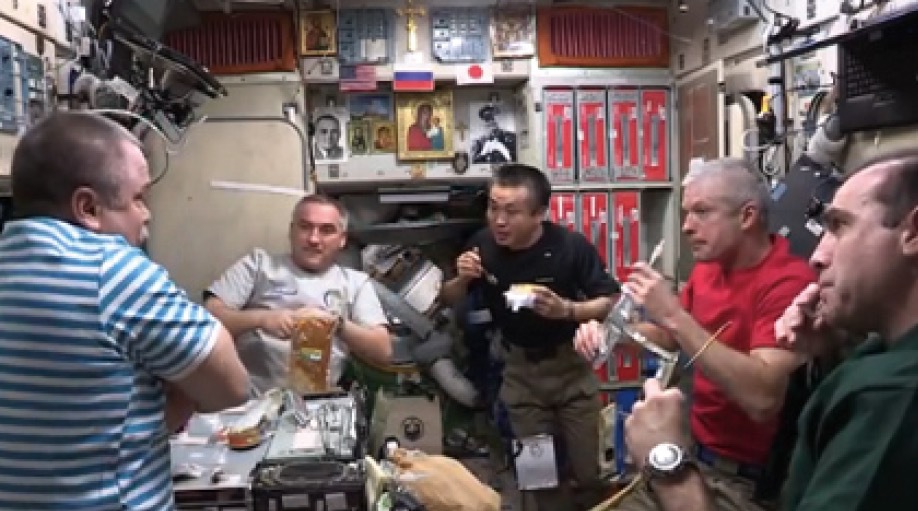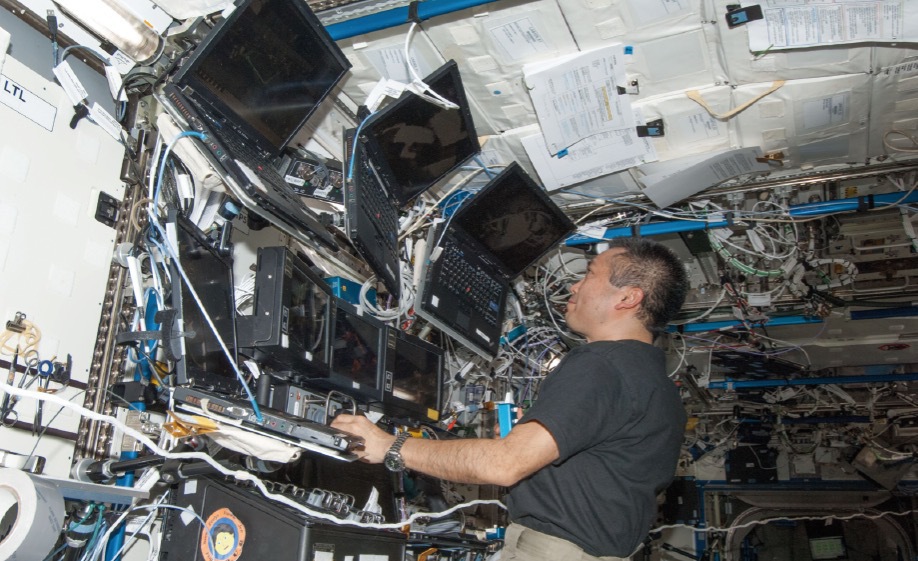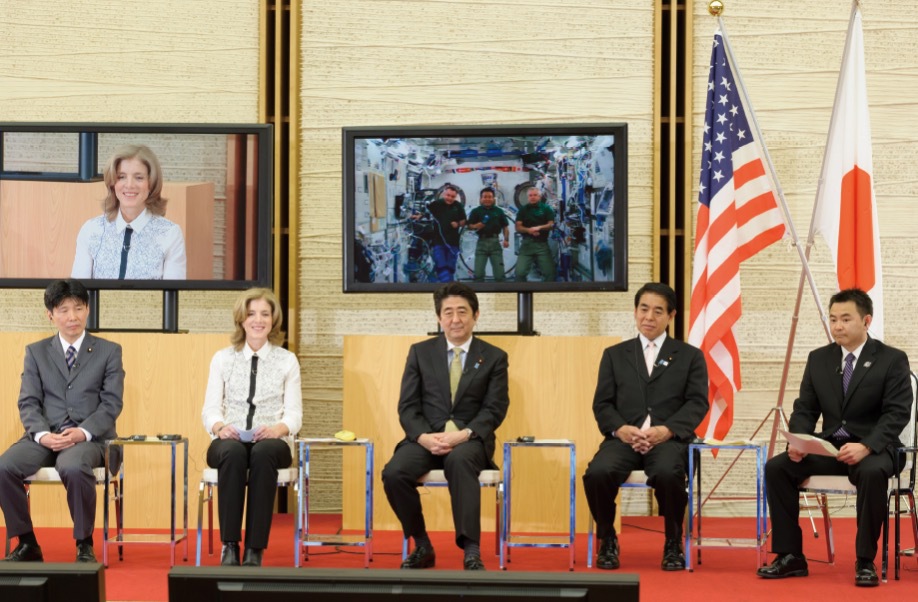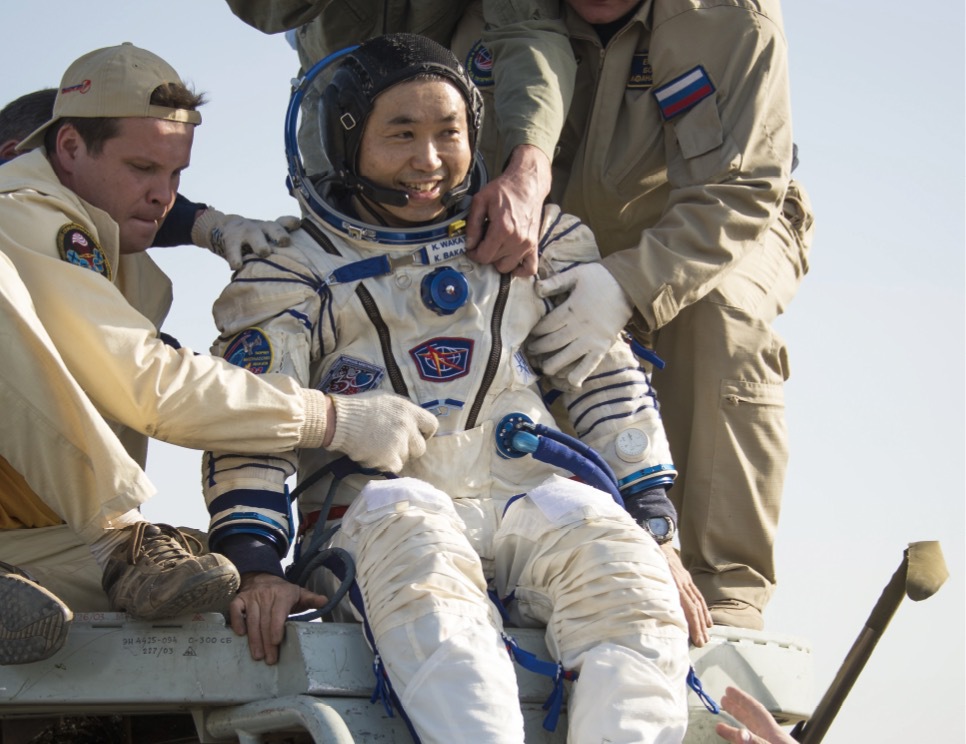On May 14, 2014, Astronaut Koichi Wakata of the Japan Aerospace Exploration Agency (JAXA) returned to Earth from the International Space Station (ISS). He was the first Japanese commander of this huge international program involving 15 countries, applying Japan’s traditional spirit of harmony (wa), which places an emphasis on consideration of others in performing his duties. This demonstrated the validity of Japanese-style leadership on the front line of science, technology, and international cooperation and gave much encouragement to the Japanese. As the position of commander had previously mainly been held by Americans or Russians, Astronaut Wakata’s time in this role represents a new stage in Japanese manned spaceflight. What is the significance of Astronaut Wakata becoming Japan’s first ISS commander and what lies ahead? To find out, we asked him.
Q. First of all, how do you feel about successfully completing your term as ISS commander?
As commander, I directed most of my attention to managing safety throughout the ISS and ensuring the health of the other astronauts. I’m glad that I completed my term without any serious problems arising. We circled the Earth around 3,000 times during that time, and as I carried out my duties in my spacesuit with a Japanese flag, I had a continual sense of the expectations of everyone in Japan. I’m extremely happy that I could do the job, thanks tothe technology and the team that supports the ISS.
Q. What was most difficult for you as commander?
I tried to keep the team together through the spirit of harmony (wa). If everyone works together toward a goal and there’s a sense of unity, it leads to excellent performance. For that reason, I worked hard to maintain communication with not only the astronauts, but also each of the mission control centers on the ground. This paid off, because there were some problems, such as equipment failures, but through teamwork we were able to deal with them before they became more serious.
Q. Were the other astronauts and teams impressed by Japanese technology or other aspects of the Japanese mission?
Since the retirement of the Space Shuttle, the H-II Transfer Vehicle (HTV) Kounotori, Japan’s cargo ship to theISS, has become indispensable in transporting large equipment. The Japanese Experiment Module (JEM) Kibohas operated smoothly, without major problems, and I’ve felt the high level of trust people that have in Japanese technology. There has also been a great deal of interest from other countries in the capabilities for high-quality protein crystal growth and deployment into space of nano-satellites that Kibo alone has demonstrated.
Q. What will your experience as commander bring to Japan’s future manned space program?
In addition to the successful development and operation of Kounotori and Kibo, a Japanese astronaut has now taken on the central role of commander of the ISS. It was an extremely valuable experience in that it shows that Japan will play a more important part in future international space missions. In mission control, too, there are many Japanese technicians with international leadership roles, and I think that Japan can lead future space activities using various talents that Japan has developed through working on the ISS program.
While maintaining its high technological capabilities and continuing to place importance on the spirit of harmony, I would like Japan to continue contributing in every way to the ISS and future space exploration missions. I will also work as part of the team to foster a second and third Japanese ISS commander and to further develop Japan’s manned space program.
Astronaut Koichi Wakata’s space records
- Number of space flights: 4 (most for a Japanese astronaut; in second place, five astronauts have completed 2 flights)
- Consecutive days in space: 188 (longest for a Japanese astronaut; second longest is 168 days)
- Total days in space: 348 (longest for a Japanese astronaut; second longest is 178 days)
Talking to Prime Minister Shinzo Abe, Minister of Education, Culture, Sports, Science and Technology, Hakubun Shimomura, Minister of State for Space Policy, Ichita Yamamoto, and U.S. Ambassador to Japan Caroline Kennedy
photos: JAXA/NASA































































































































